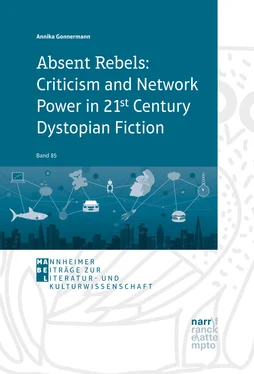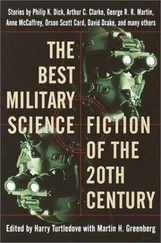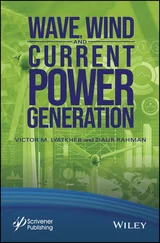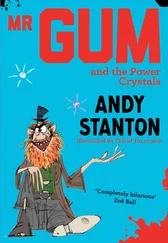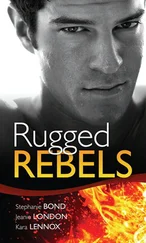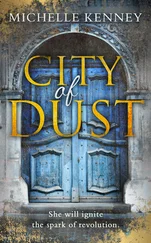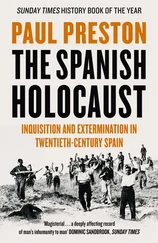‘Yes.’
Bailey nodded empathetically. ‘Okay. How?’
‘I wouldn’t have done what I did.’
‘And why not?’
‘Because I would have been caught.’
Bailey tilted his head. ‘Is that all?’
‘Well, I wouldn’t want anyone seeing me do that. It wasn’t right.’ (ibid. 282)
Bailey’s use of leading questions is conspicuous, structuring the course of the dialogue by extracting the answers he wants to hear. By asking open questions such as “How?” and “Is that all?,” Bailey leads Mae to give the suggested replies, while simultaneously maintaining a pretence of democracy, as Mae’s consent is not staged. On the contrary, although nudged in a certain direction, Mae is always in control of herself and her words. Bailey’s rhetorical strategy of question and answer fulfils the criteria of freedom yet flaunts the maxim of voluntariness. Mae is not compelled to give these answers, so she is formally free, yet she is not at liberty to steer the debate and is therefore involuntarily restricted in her options. When leaving both the conversation and the stage, Mae marvels proudly if she had “really thought of all that herself” (ibid. 305)? Stylistically, the novel elaborates on the complex mechanisms of systemic power that originates from the individual but in turn compromises the range of the individual’s possible actions.
The Circle is void of any identifiable source of oppression, a gravitational centre of moral authority and responsibility (cf. Bernard). There is no Mustapha Mond, no O’Brien, no D-503 to force people to conform. There is no one “in a room somewhere, watching you, planning world domination” ( TC 261). When Mercer complains to Mae about the Circle’s new shopping device, the following exchange ensues:
‘And so what? You don’t want Charmin to know how much of their toilet paper you’re using? Is Charmin oppressing you in some significant way?’
‘No, Mae, it’s different. That would be easier to understand. Here, though, there are no oppressors. No one’s forcing you do this. You willingly tie yourself to these leashes.’ (ibid. 262)
Although Mercer ignores the systemic aspects of network power, blaming the individual alone for adopting a certain standard (“tie [themselves] to these leashes”), he is correct in abandoning the conceptual paths of thinking in terms of juridico-political power. Ultimately, at least at the beginning when network standards are about to emerge, the Circlers, and by extension the users of the Circle, are themselves responsible for the way they handle their decisions, data, and information. Attacked by Mae asking if “Charmin oppress[es him] in some significant way,” Mercer has enough foresight to reject her ludicrous proposal, emphasising that this form of power is not the subject of their debate: it is about Mae’s passive acceptance and active support.
Peter Marks locates The Circle’ s innovative potential in this narrative twist: “subverting generic codes by having a protagonist who complies through most of the text and then does not rebel at the end gives The Circle a knowing freshness and vitality that encourages interpretive creativity” (166). Unlike Winston Smith or John the Savage, Mae is not a typical dystopian protagonist, because she rejects the role of the rebellious dissident. Giving the readers insights into her mindset, Mae argues as follows:
The Circle had 90 percent of the search market. Eighty-eight percent of the free-mail market, 92 percent of text servicing. That was, in her perspective, a simple testament to their making and delivering the best product. It seemed insane to punish the company for its efficiency, for its attention to detail. For succeeding. ( TC 174f., my emphasis)
Initially, the Circle’s monopoly might have grown out of free and voluntary decisions, as Mae argues. There is a good chance that the company did indeed provide the “best product.” However, Mae again ignores the power radiating from a standard once it has gained universal acceptance. At this stage, non-members are actively forced to adopt the Circle standard, which continues to grow in influence due to the continuous stream of new products and programmes devised by Mae and her fellow Circlers. As Kalden maintains, “[t]here used to be the option of opting out. But now that’s over” (ibid. 486). Therefore, “Mae Holland becomes complicit in the creation of the Circle’s dystopia” (Pignagnoli, “Surveillance” 153). The readers witness her integration into the Circle, rather than – as one might traditionally expect – the formation of an enlightened, critical individual ready to counteract dystopian reality.
Mercer, Mae’s ex-boyfriend, is a notable exception to the rebel-free world of The Circle . He can be identified as the only character even conceiving of rebellion, doing “what he can to stay off the grid” (Morais). Constructed as a contrast to all the Circlers, mostly by the work he does, Mercer is cast in the role of the authentic, back-to-basics outdoorsman. Making a living from selling antler chandeliers, he is connected to natural textures and materials, creating a contrast to the glass and steel associated with the Circle (cf. TC 1; 75). Refusing to join the Circle or to use any of its products and programmes, Mercer eventually renounces his relationship with Mae and her family and decides to move north “to the densest and most uninteresting forest I can find. I know that your cameras are mapping out these areas as they have mapped the Amazon, Antarctica, the Sahara, etc. But at least I’ll have a head start. And when the cameras come, I’ll keep going north” (ibid. 435). However, side-lined to the fringes of the narrative, his story is marginalised and ends abruptly with his death. Moreover, Mercer’s rebellion is staged not as an active attempt to challenge the status quo, but a desperate escape away from civilisation. Settling in the wilderness of North America, Mercer decides to live in a small hut almost reminiscent of the cabin of Henry David Thoreau’s Walden, or Life in the Woods (1854). Yet while the “latter kept elements of his rapacious world at bay […], the former falls victim to a more all-consuming predator” (Masterson 737). Mercer’s fatal error is to think of power in geographical terms. Under the illusion that power is always bound spatially, a further remnant of thinking in the juridico-political mode of power, Mercer hopes to evade the Circle by withdrawing north. Despite his awareness that the Circle has already “mapped the Amazon, Antarctica, the Sahara,” arguably the remotest places on earth and all unfit for human habitation, Mercer hopes to find a space outside the range of network power. Convinced he will profit from “a head start,” Mercer must soon bury his illusion; as the object of a global search by Mae, who wants to prove the effectiveness of their SoulSearch programmes, Mercer’s refuge is invaded within “[n]ine minutes, 24 seconds” ( TC 459). The combined efforts of “14,028,981” (ibid. 452) Circlers cause him to run for his car, and eventually drive off a bridge in the desperate attempt to elude the company.
Strangely enough, it is the Circle’s founder who manages to withdraw from the system for the longest time. Giving out fake names, Kalden, aka Ty Gospodinov, achieves opacity for most of the novel, due to his understanding of how the Circle operates. Other than Mercer, who wastes his life in the attempt to physically evade the Circle, Kalden does not even try to abscond, enjoying the benefits of living in relative comfort on the campus . His strategy of rebellion relies not on physical but on virtual absence. When looking online for him, Mae tried
a preliminary search in the company directory, and found no Kaldens. She tried Kaldan, Kaldin, Khalden. Nothing. Maybe she’d misspelled or misheard it? She could have done more surgical search if she’d known what department he was in, what part of campus he might occupy, but she knew nothing. (ibid. 170)
Читать дальше
